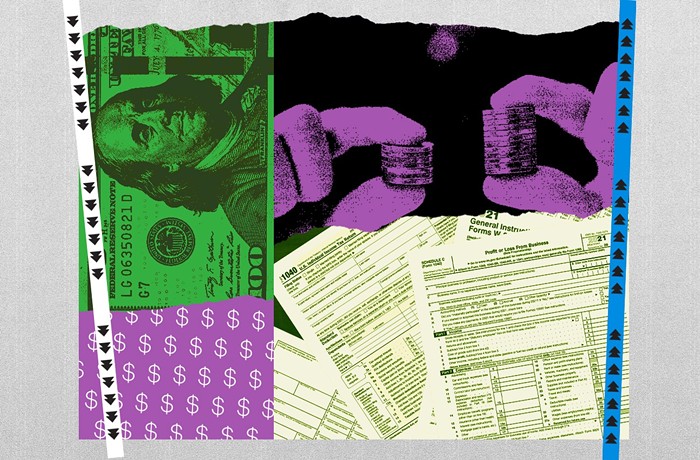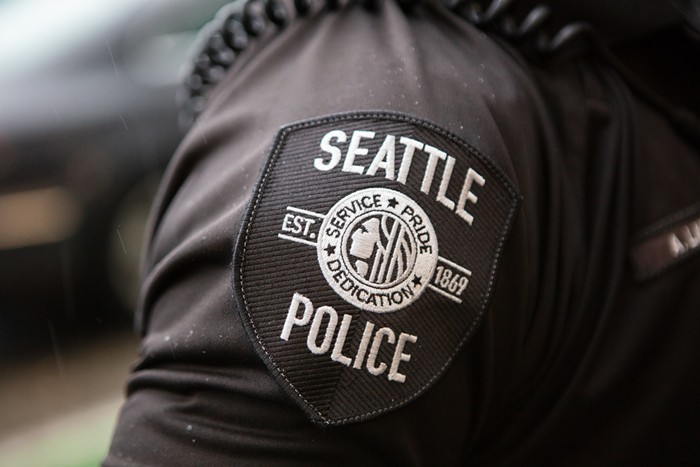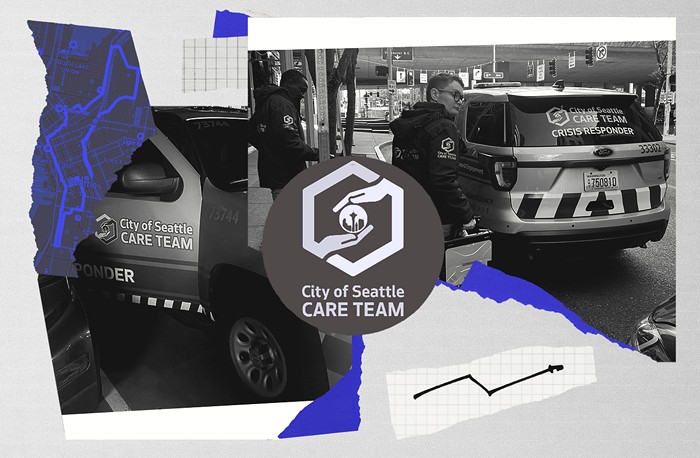A recent Sunday article by Alex Fryer of The Seattle Times looked at criminal charges filed against drug users and dealers in King County, and concluded what everyone in the criminal-justice system already knew: The government can't prevent people from becoming victims of their own addictions to illegal substances.
If everyone admits that the drug war's impossible to win, what's left for law enforcement officers to do? The answer, Fryer unwittingly reveals, is to fight the drug war on behalf of sober people, not addicts.
Look at the numbers Fryer uncovered: Fifty-two percent of the felonies (i.e., drug trafficking) filed in King County Superior Court involved crack. Only 13 percent of the felonies involved heroin.
But now look at statistics The Stranger pulled from the county health department: From 1996 through 1999, crack has been linked to 285 deaths in King County. Heroin, however, has been linked to 506 deaths in that same time period. That's a major difference: 44 percent.
Why the disparity between drug-related deaths and drug-related arrests? For one, while heroin tends to be purchased and used at home, crack is a more public drug. Its users--typically poor and black--buy their drugs on the street. They often smoke them in semi-public areas like back alleys. Then they wander around.
Also, the sight of public drug users intimidates: If there are too many, people don't visit the neighborhood in question, residents with money move out, property values decline, and the neighborhood may go downhill.
Indeed, Fryer's piece notes that the Seattle Police Department emphasizes particular areas of drug trafficking rather than particular drugs. Consequently, black people with crack get arrested more often than anyone else--and the arrest numbers are at record levels.
Besides the obvious bias of this approach, critics of SPD's policy note that it's useless. A drug dealer will always find a new corner to sell his wares. "It's like squeezing a balloon," says Ron Jackson, director of Evergreen Treatment Services, a clinic for heroin addicts. "You tighten in one place, you're going to make it expand someplace else."


















